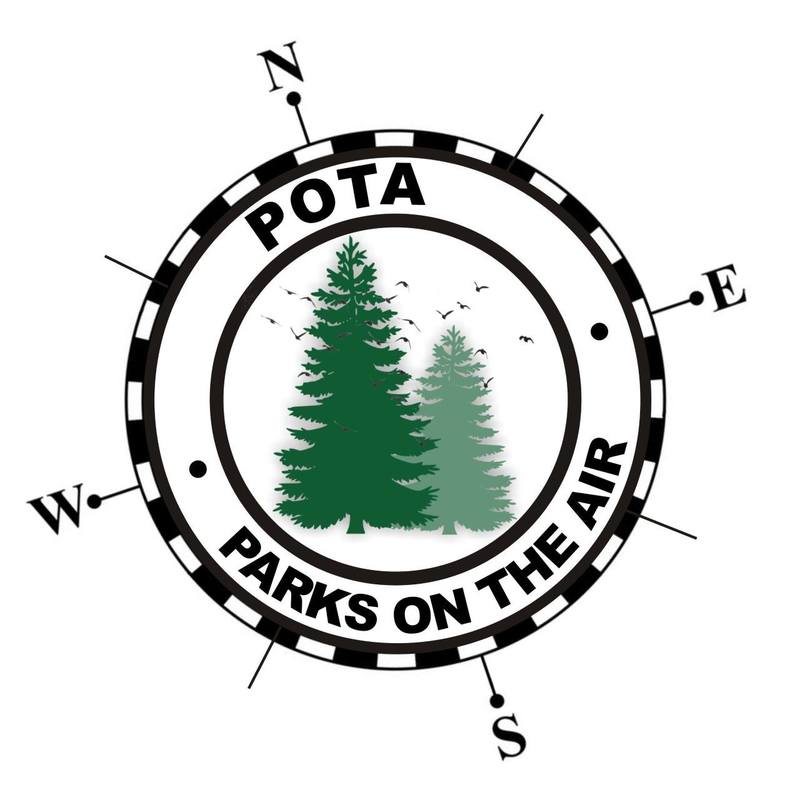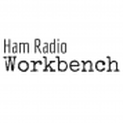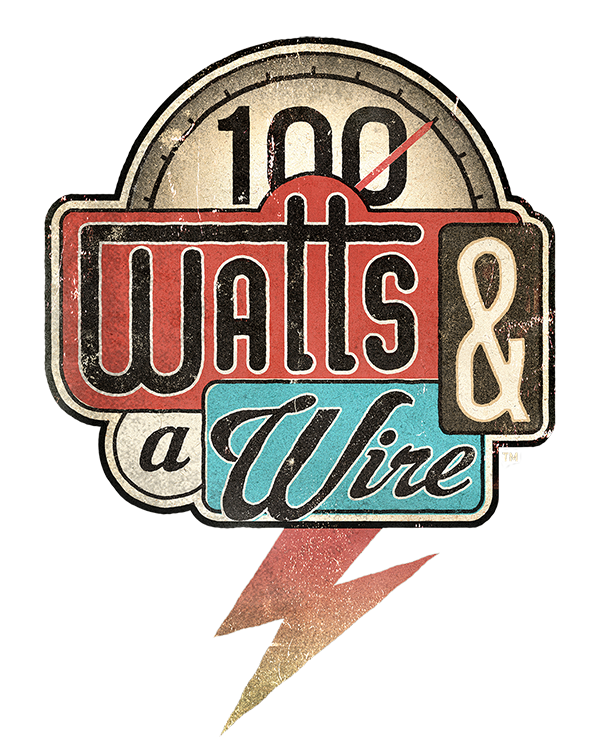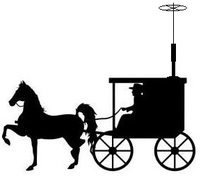To get ready for this, I did some temporary equipment installation today, so that everything is ready to go when the big day comes. It's been raining for a couple days, so like many of my projects, it started with taking the antenna's off the car so that I could pull it into the garage. The garage is nice and dry to work in, but the lighting does weird stuff to my iPhone camera - sorry for that!
For any non-ham readers, PSK31 is basically a method of sending digital signals with Amateur radio, that allows for keyboard to keyboard chat - basically like instant messenger (IM) without the internet - but it's even more instant then IM because the data is sent as you type. It's not bad if you can type faster than the data rate (it averages 51 wpm for lower case letters,) but if you hunt and peck the person you are talking to gets to watch you type and make your errors in almost real time.
|
To make this work, you need some kind of interface between the computer and radio (usually.) The interface I use is the TigerTronics SignaLink. It is a basic soundcard interface, but they are reasonably priced compared to some of the fancier options, and they do the job well. The basic interface is the same for all radio's, but there are different model numbers if you want to get them with cables pre-made for your specific type of radio. In addition to the cables, there are internal jumper settings based on the radio type, but there are pre-made plug-in modules that can be used instead of the jumpers as well.
|
|

With that thought, I used some very large zip ties to hold the SignaLink to the bottom of the rear parcel shelf. I put it in a location where adjustments are easily made from outside the car, with the trunk open. There are 2 connections that need to be made to the interface - the first is the connection to the radio. In this case, that was simple because the radio body is mounted right behind the Signalink interface. The other connection is a USB cable to the computer that is being interfaced. More on that in a moment.
The other connection that I wanted to make to the radio from the computer, was a standard rig control interface. I wanted this so that the digital mode software being used (fldigi) can read the operating frequency from the radio. I also plan to use this connection for logging, because it is easier to do rapid logging when you can read some data from the radio (I learned this during my first ever pile-up when doing my first NPOTA activation). The standard Yeasu cable goes from a mini-din on the radio, to a DB9 serial connection. I just use a standard serial to USB converter cable to go from that to the computer.


Is mobile PSK31 crazy? Will you be trying to contact me? Let me know your thoughts on this, or anything else - leave a comment!

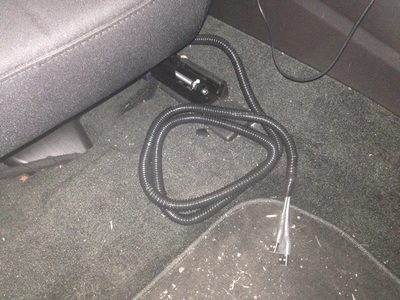
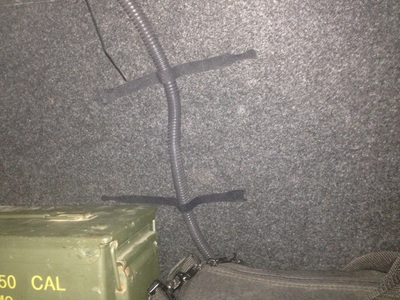
 RSS Feed
RSS Feed
